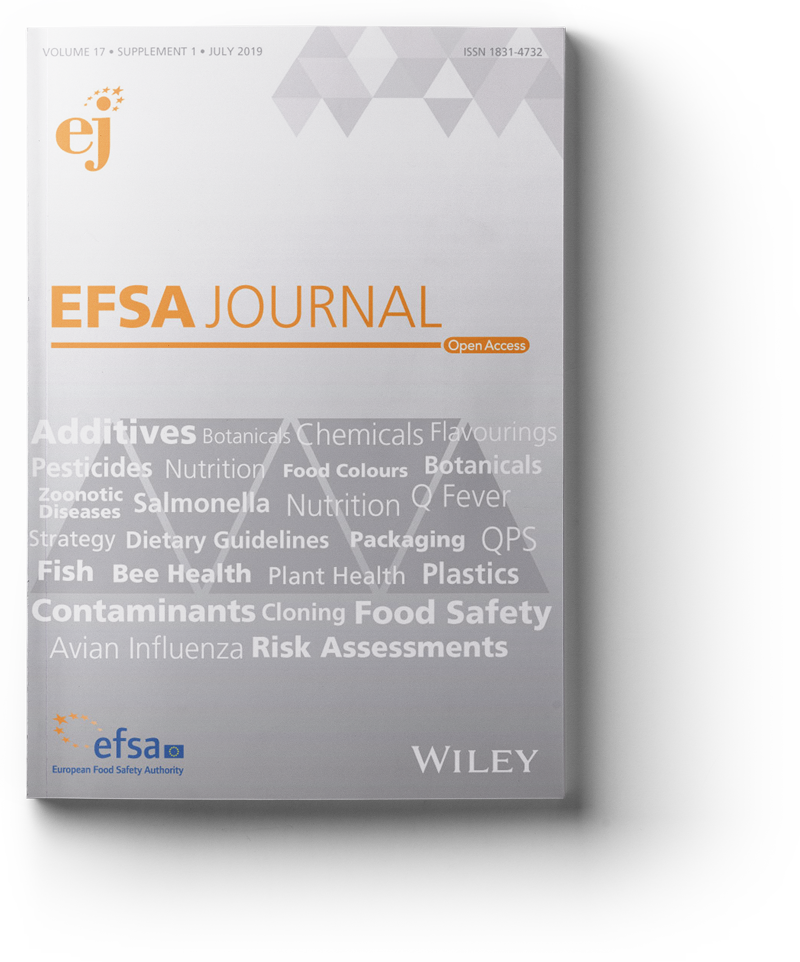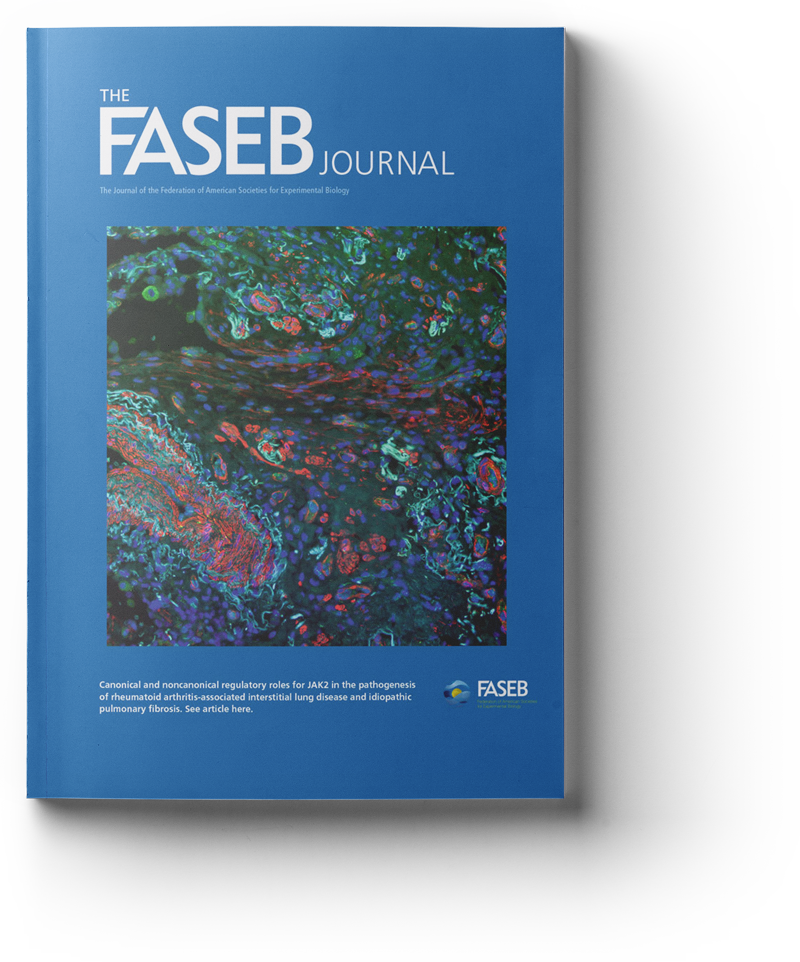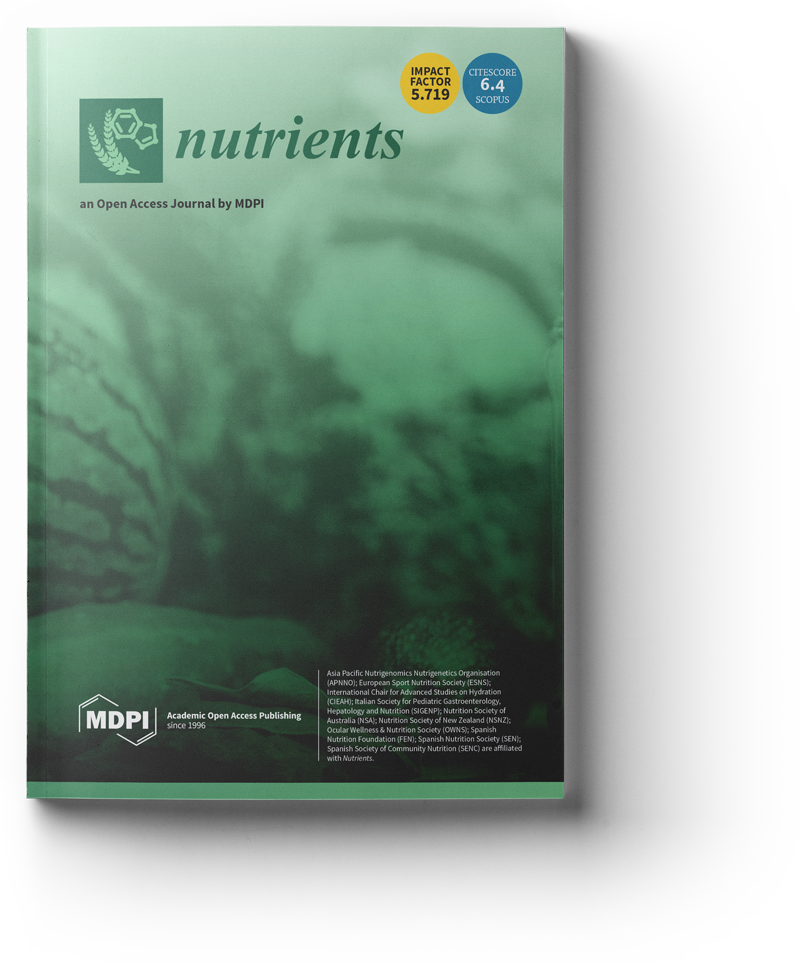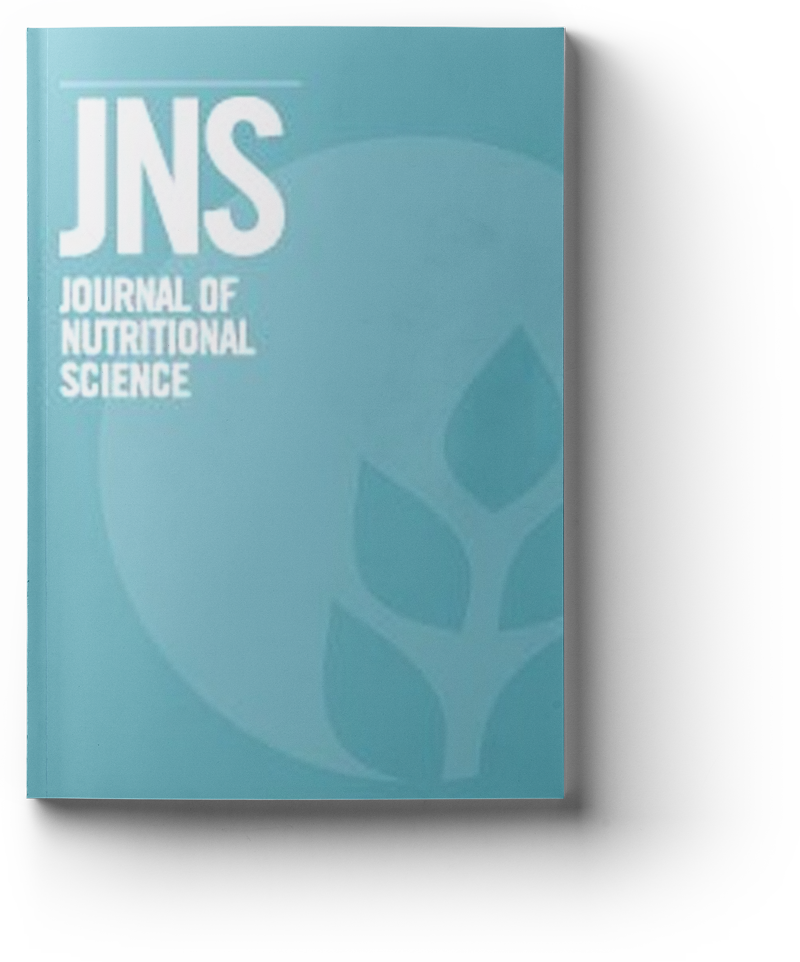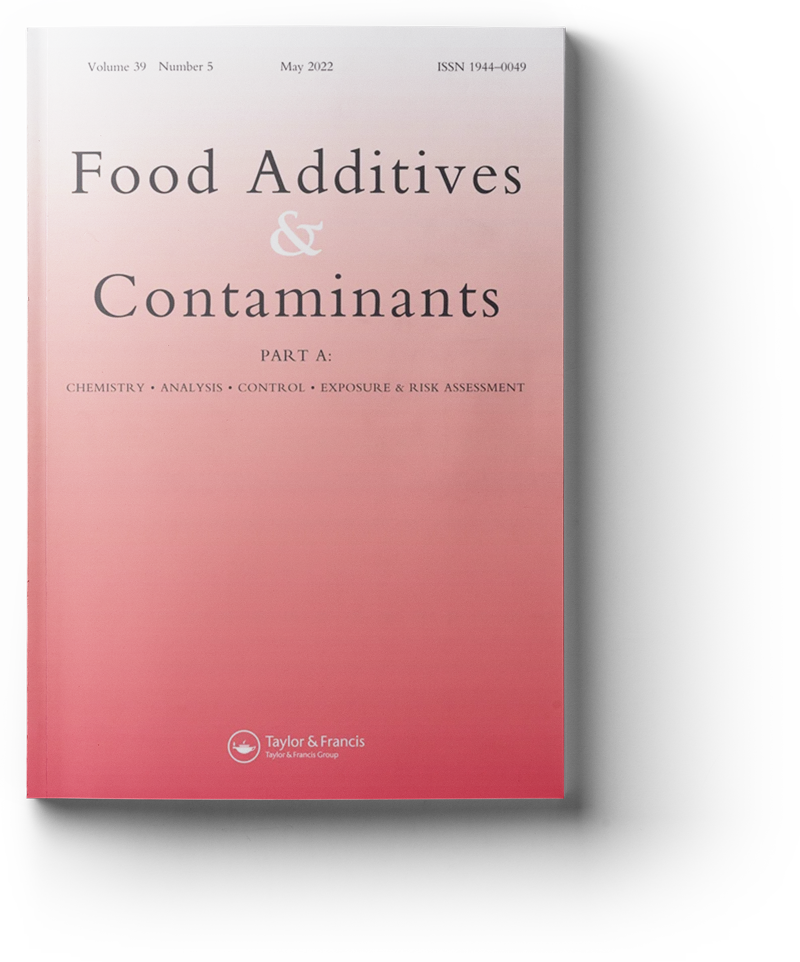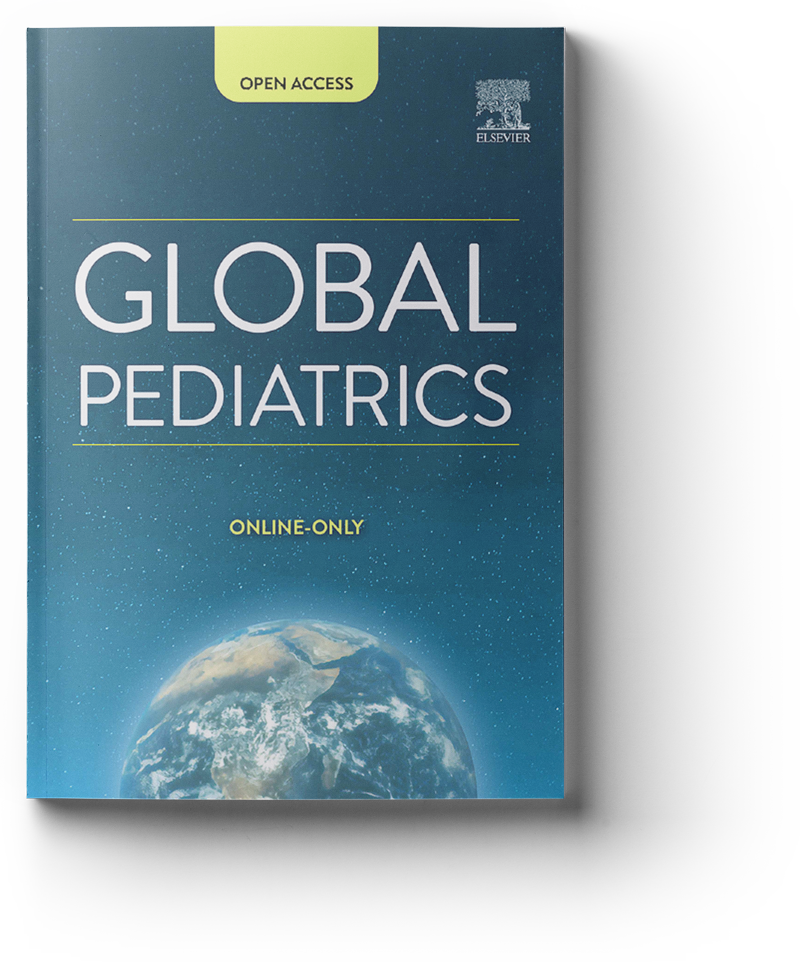As each individual person differs from the next in multiple ways, it is a beguiling idea that our individual nutritional needs also differ. In support of this idea, findings from nutritional intervention studies provide ample evidence of considerable interindividual variation in response to the same dietary exposure. We have…
Authors: Mathers John C – Acknowledging the Food4Me Study
Publication date: 08/07/2019
